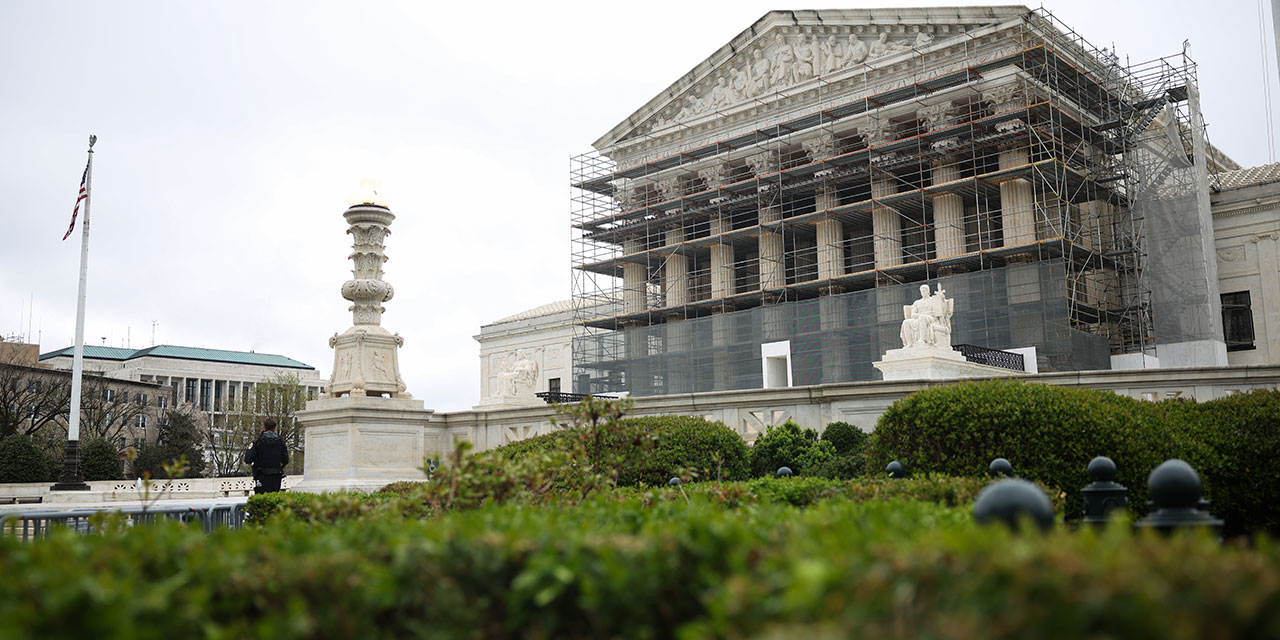
The 1964 Civil Rights Act made it illegal to base employment decisions on protected characteristics, including sex and race. It doesn’t contain a carveout for “reverse” discrimination against majority groups—nor does it create special, extra-demanding legal standards for such cases.
And yet courts in several of the nation’s appeals circuits have long made these cases harder to bring. In the Sixth Circuit, for instance, plaintiffs from majority groups have had to show “background circumstances to support the suspicion that the defendant is that unusual employer who discriminates against the majority.”
Finally, a reason to check your email.
Sign up for our free newsletter today.
Under the Supreme Court’s decision last week in Ames v. Ohio Department of Youth Services, this double standard is no more. The ruling was unanimous, with the majority opinion written by liberal Justice Ketanji Brown Jackson.
This case may not prove as consequential as the Court’s ruling ending affirmative action in higher education or the Trump administration’s war on DEI. But it’s another step toward neutral and fair antidiscrimination laws.
Jackson’s opinion in Ames presents an accurate and straightforward interpretation of the law. As the justice writes, the statute’s key provision “draws no distinctions between majority-group plaintiffs and minority-group plaintiffs.” Previous Supreme Court cases have only reinforced that clear text.
The broader context here is worth noting as well. Interestingly, Ames didn’t stem from a white plaintiff opposing DEI. Instead, it has its roots in the controversial, Neil Gorsuch-penned Bostock v. Clayton County decision from 2020, which held that the law’s prohibition of sex discrimination also applied to sexual orientation and gender identity. The logic is that if an employer would, for example, fire a man for dating men but not fire a woman for dating men, that amounts to basing an employment decision on sex.
Enter Marlean Ames, a straight woman. She lost out on a promotion, with a lesbian winning the job—and then was demoted and given a pay cut, with her previous position going to a gay man.
Ames may still lose her lawsuit. The Supreme Court did not resolve the ultimate question of whether sexual orientation played a role in these decisions. But as the case continues, she will no longer have to show special “background circumstances” in a process that assumes claims of anti-majority discrimination are inherently suspect.
More importantly, other majority-group plaintiffs alleging employment discrimination will not have to show special circumstances in the future. These kinds of lawsuits will prove consequential in coming years, as both the Trump administration and private plaintiffs work to root out long-tolerated forms of racial discrimination.
Many corporations and universities have been blatant in their efforts to hire based on race and have scrambled to address the obvious and long-standing legal risks of doing so. In less extreme cases, though, subtler matters resembling the Sixth Circuit’s now-overturned “background circumstances” rule will come into play. One thing to watch closely, for instance, is how narrowly or broadly courts apply the framework developed in the Weber and Johnson cases, which for decades has allowed employers to use affirmative action in certain limited circumstances.
If Ames is any indication, today’s Supreme Court is more likely to narrow than to broaden the circumstances under which employers may discriminate.
Photo by Kayla Bartkowski/Getty Images
City Journal is a publication of the Manhattan Institute for Policy Research (MI), a leading free-market think tank. Are you interested in supporting the magazine? As a 501(c)(3) nonprofit, donations in support of MI and City Journal are fully tax-deductible as provided by law (EIN #13-2912529).
Source link


















